Explore the best places
Monuments in Ovar
Capela de Nossa Senhora do Desterro
- heritage
Rua da Pedreira
3885-126, Arada
Chapel of longitudinal plant where they celebrate the feasts in honour of the Holy Lady of Banishment.

Capela da Misericórdia de Ovar
- heritage
Rua Doutor Francisco Zagalo (EM 531)
3880-225, Ovar
Large Chapel and sober lines where are represented the sacred hearts of Jesus and Mary.
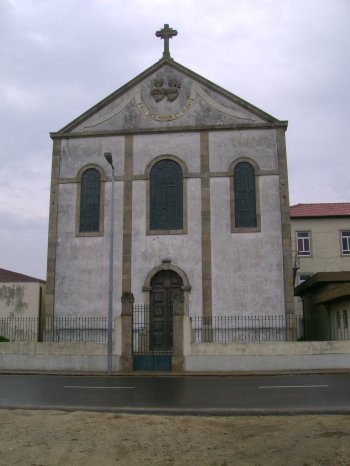
Capela da Senhora da Graça
- heritage
Rua Elias Garcia
3880-213, Ovar
Mannerist Chapel of longitudinal plant, built in the first quarter of the 17th century, suffering after several renovations.
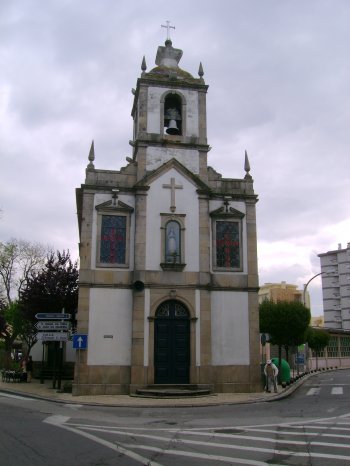
Hospital Velho
- heritage
Largo dos Combatentes
3880-013, Ovar
Hospital centralized plant with a patio. The architectural elements are all in granite stonework, except the top of the facades that are in mortar.
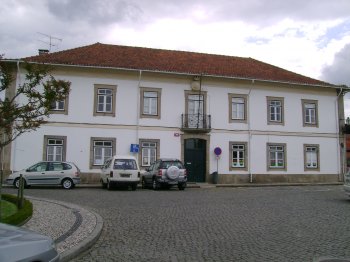
Casa Júlio Dinis
- heritage
Rua Júlio Dinis, 81
3880-238, Ovar
House where lived the writer Júlio Dinis, in the summer of 1863, when he was diagnosed with tuberculosis. Is a copy of the traditional architecture vareira.
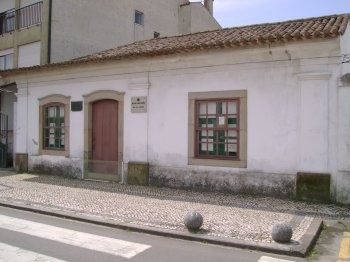
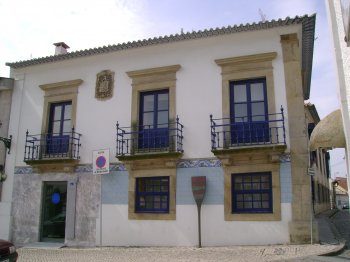
Passo do Senhor Caído por Terra
- heritage
Rua Doutor Nogueira de Almeida
3880-209, Ovar
This chapel belongs to the joint of chapels spread throughout the city, dating from the middle of the 18th century and linked to the Lent ceremonies.
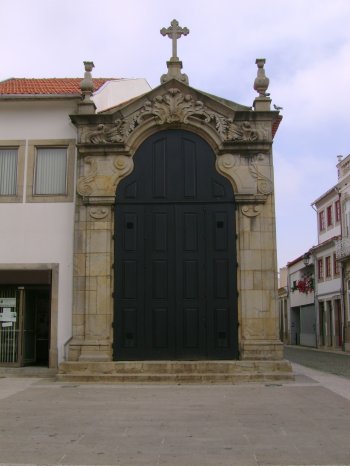
Passo do Encontro
- heritage
Rua Alexandre Herculano
3880-146, Ovar
This chapel belongs to the joint of chapels spread throughout the city, dating from the middle of the 18th century and linked to the Lent ceremonies.

Passo do Cirineu
- heritage
Rua Cândido dos Reis
3880-097, Ovar
This chapel belongs to the joint of chapels spread throughout the city, dating from the middle of the 18th century and linked to the Lent ceremonies.
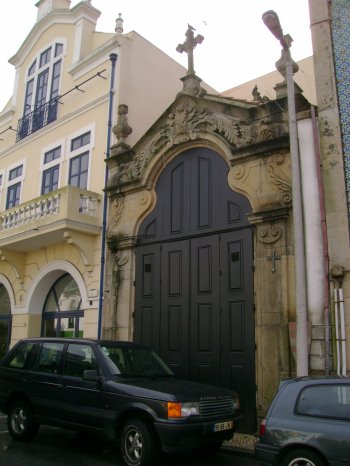
Passo do Calvário
- heritage
Rua Fundação Pepolim
3880-320, Ovar
This chapel belongs to the joint of chapels spread throughout the city, dating from the middle of the 18th century and linked to the Lent ceremonies.
